The California State Archives recently announced that it has digitized thousands of trademark applications filed with the state between 1861 and 1900. California passed a trademark law in 1863, years before the first federal trademark legislation. The state acted in part, writes the State Archives, to regulate the “explosion of commerce after the Gold Rush.”
The dazzling variety of labels, logos, and packaging that was registered with the government in the next few decades shows how California businesses used the imagery associated with the state—bears, condors, mountains—to sell their fruit, cigars, and water to the rest of the country, and to the world.
Some highlights from the archive—which I found via the blogger Bibliodyssey’s Twitter feed—are below.
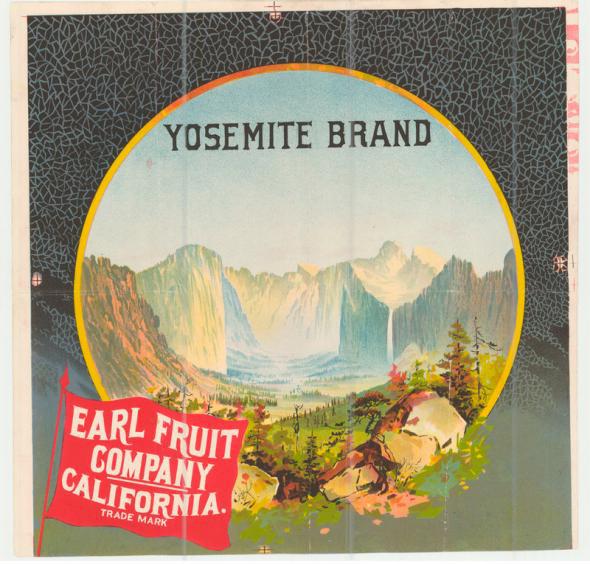
California State Archives
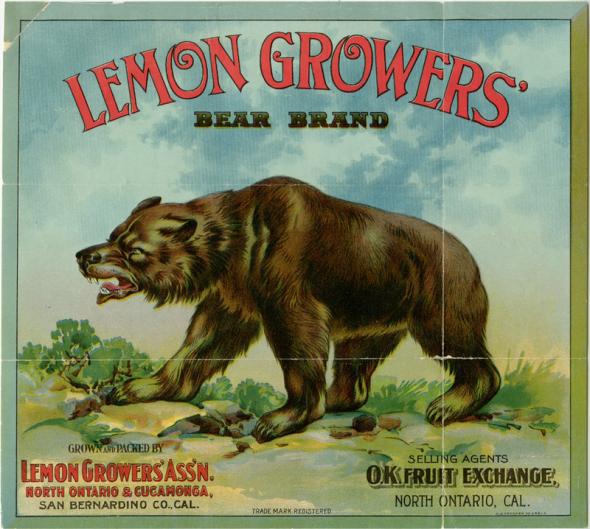
California State Archives
The last grizzly bears in California were killed in the early 20th century.
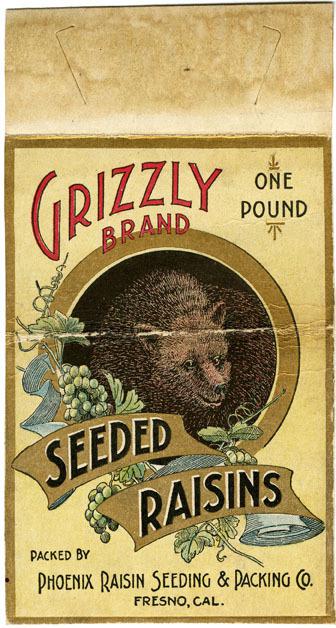
California State Archives
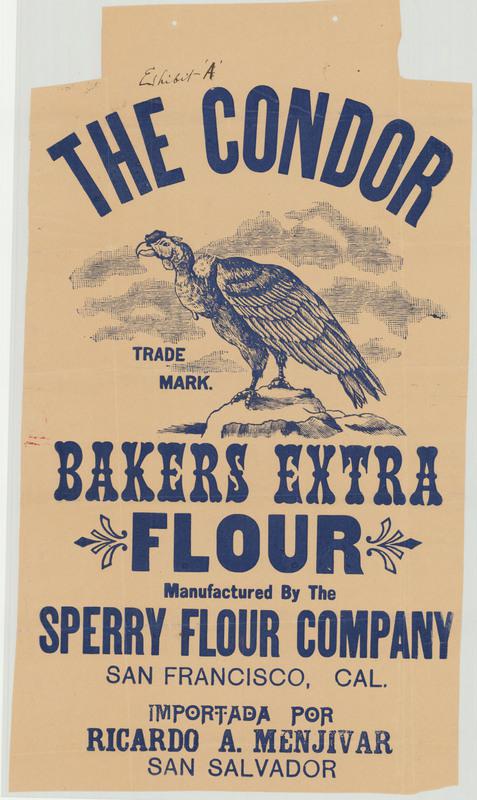
California State Archives
When this flour company decided to use a humorous-looking California condor to advertise its wares, the birds were still common in the state. In the 20th century, their populations decreased to dangerous levels.

California State Archives
This label for “Anglo-Saxon Peaches” uses the contemporary association between “Anglo-Saxon” and excellence to sell its “extra-standard quality” fruit.
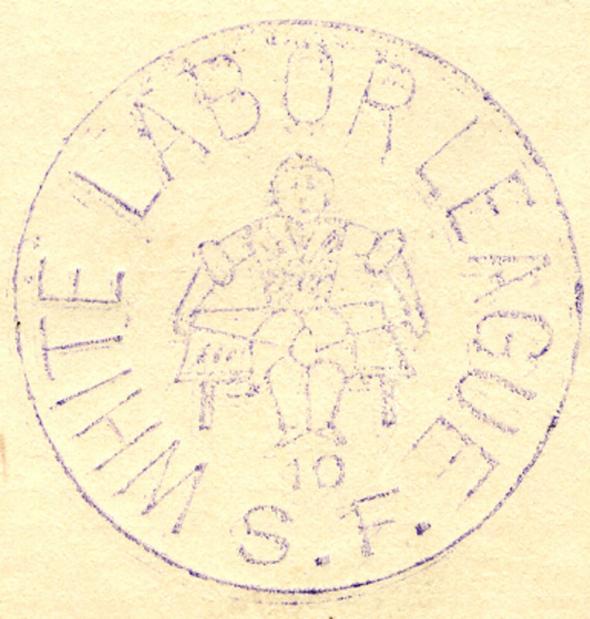
California State Archives
The San Francisco “White Labor League” used this mark to signal to consumers who wanted to support white over Chinese workers that they should buy particular shoes and boots.
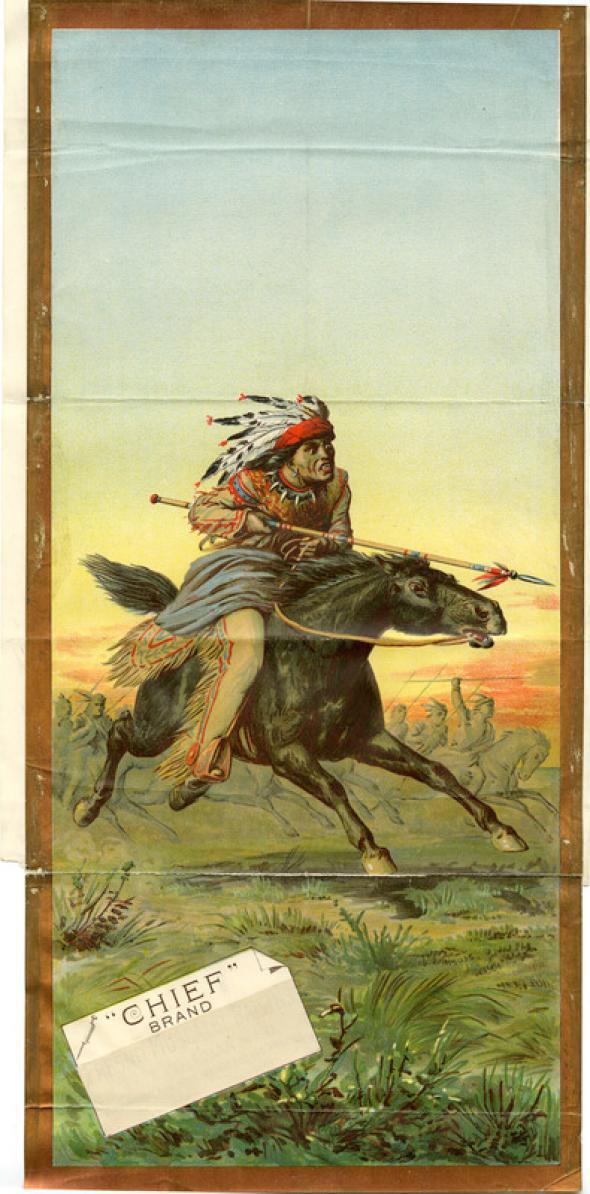
California State Archives
Californians sold products using the image of Native Americans (while making sure that actual Native people who lived in California were ejected from the land used to grow and process those products). This raisins packaging featured a glamorized image of a Plains Indian, designed to resonate with a public that was in love with Buffalo Bill’s Wild West shows.
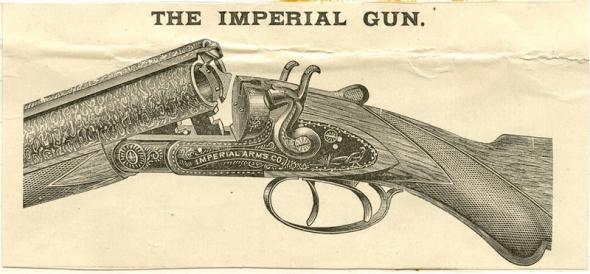
California State Archives
I included this label mostly because I loved the boldness of its design, but it’s also interesting to note the use of the word imperial, which had positive connotations of strength and dominance in 1887.
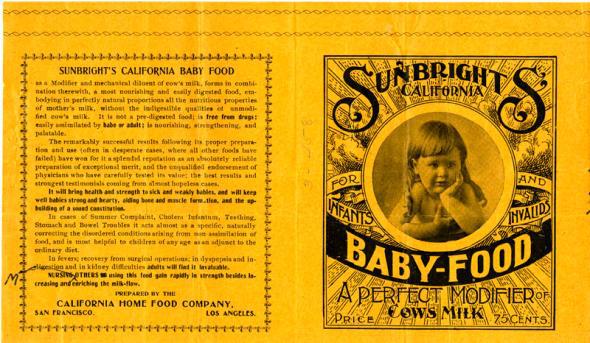
California State Archives
This label for baby food plays on the association between California and healthfulness, showing that the name California meant “natural vigor” as early as 1900.
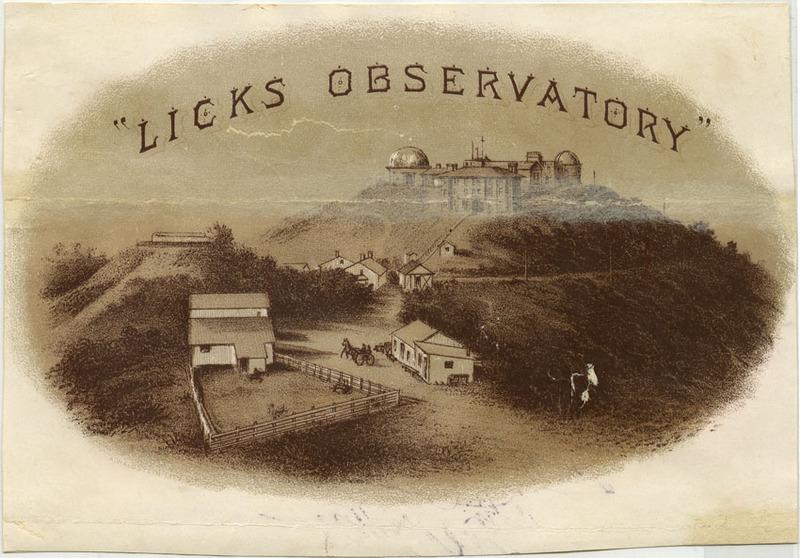
California State Archives
This cigar company used an early image of San Jose’s Lick Observatory, constructed in the 1870s and 1880s, to signal California’s ingenuity.

California State Archives
A label for “Boomer” cigars, from San Francisco, invoked the state’s strong economy with a busy label packing in trains, a huge hotel, stagecoaches, a tower, and some kind of fantastical flying machine.
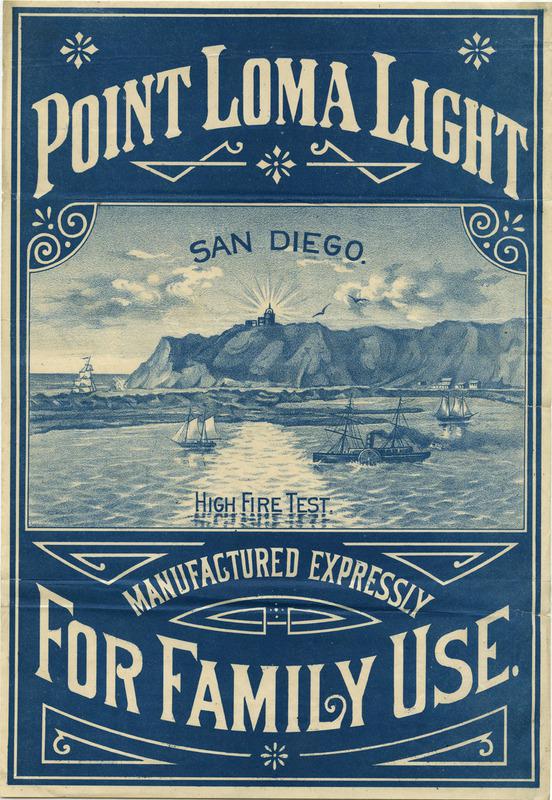
California State Archives
“Point Loma Light” sold candles and oil lamps—guaranteed to be safe enough for family use—using the likeness of the Old Point Loma Light, built in 1855.

California State Archives
More than a few companies used the name Shasta to advertise, associating their products with the popular Shasta Springs resort, whether or not they were produced there.
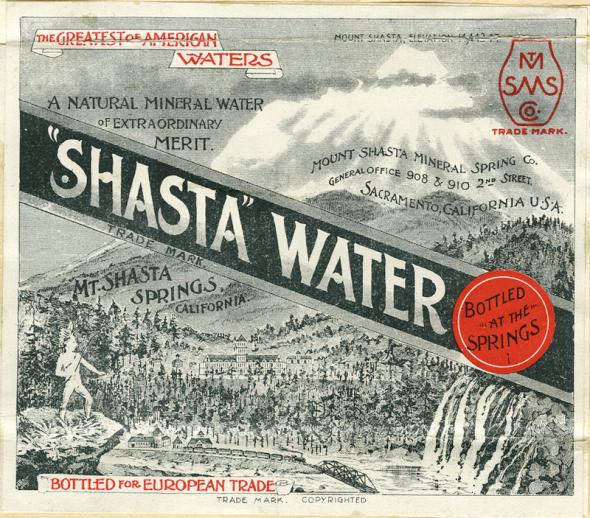
California State Archives